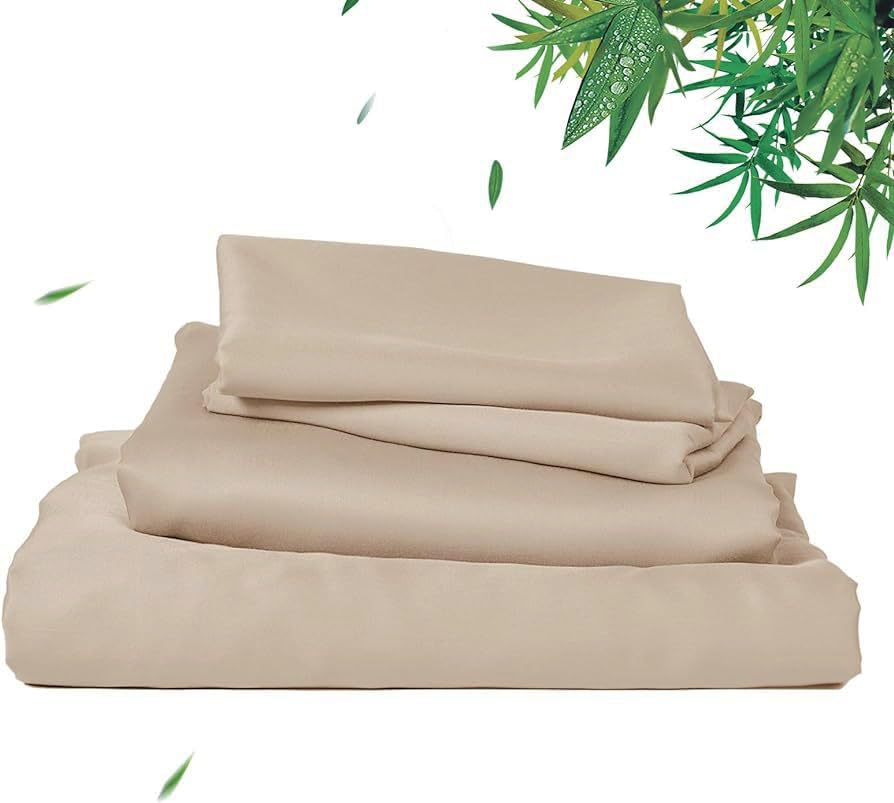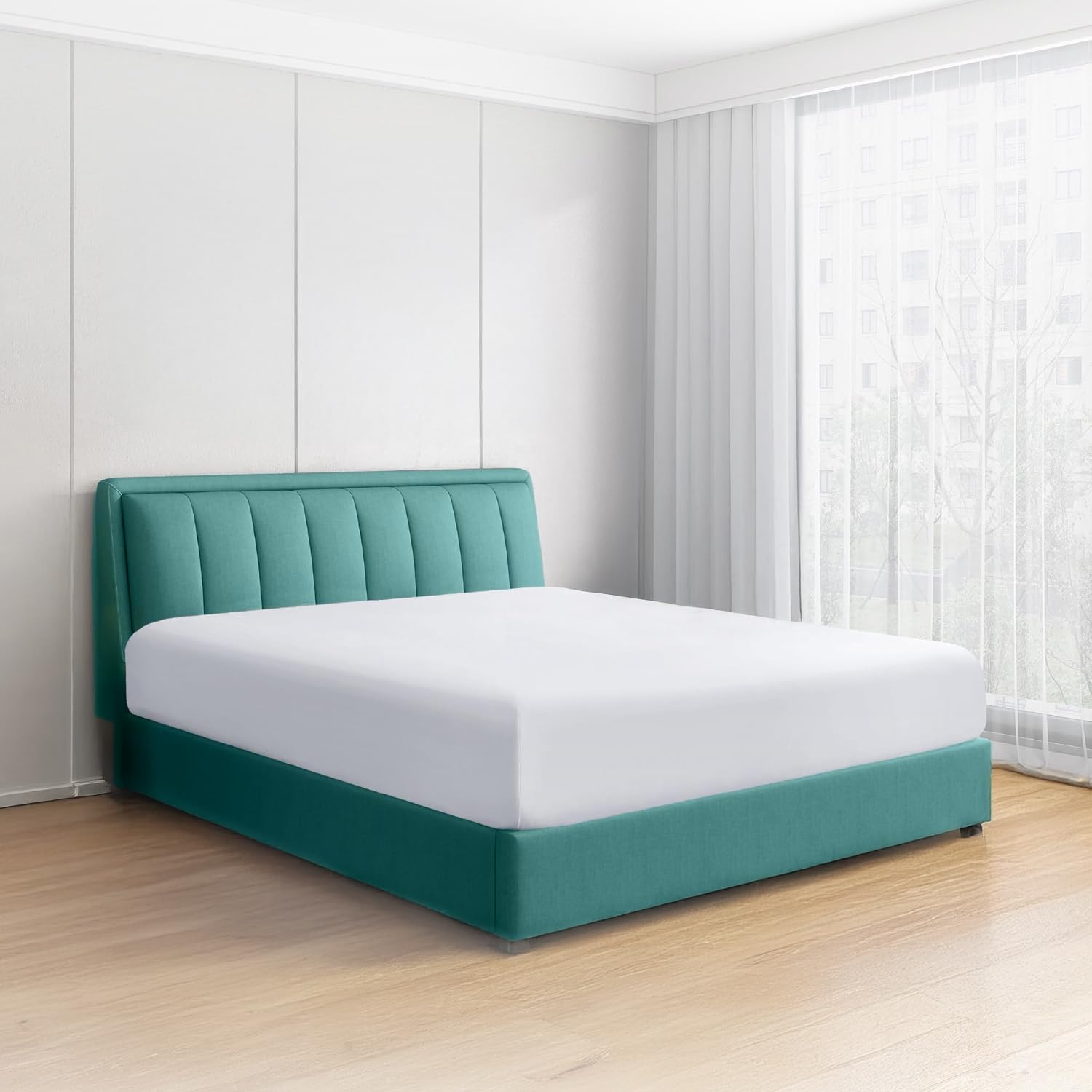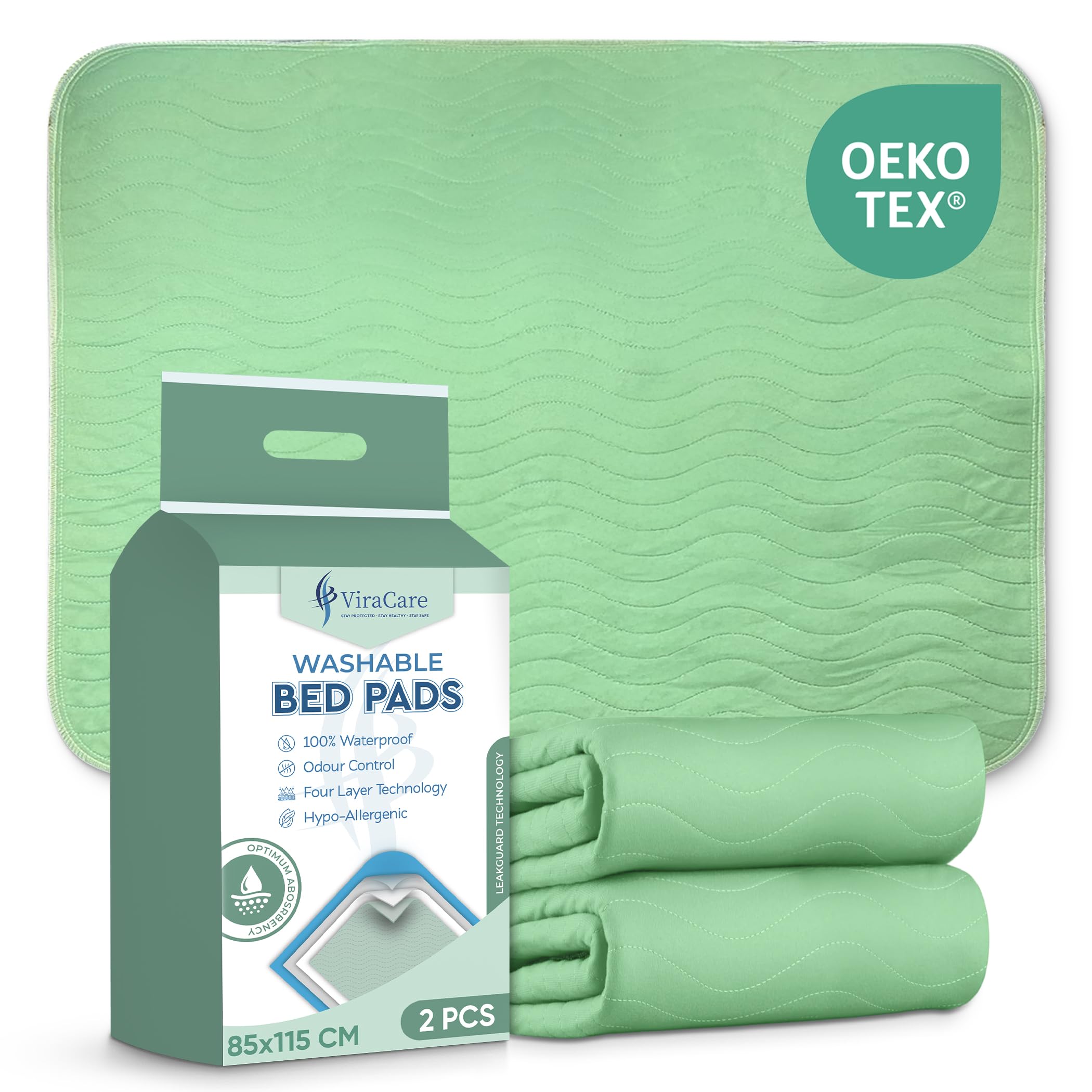Linen sheets have a reputation for lasting decades, breathing beautifully, and looking relaxed and lived in. Fresh out of the packet they can also feel a bit rough if the fabric has not been pre washed. The good news is you can soften linen quickly without damaging the fibres. This UK guide explains how linen is made, why it feels different from cotton, and the simple wash and care routine that gets you from crisp to comfortable in a few cycles while keeping all the airflow linen is loved for.
Breathable bases such as bed sheets that stay cool set the tone for the rest of the setup.
Why new linen feels different
Linen comes from the flax plant. The fibres are long and strong, and the yarns are thicker than cotton at similar weights. Linen yarns have natural slubs, which is why the fabric shows small variations and a beautiful texture. Those slubs and thicker yarns are part of the charm, but they can feel rough at first if the fabric has not had much mechanical finishing. Unlike cotton, which can feel smooth from day one, linen improves through washing and wear as the fibres relax and the weave loosens slightly.
First washes that make the big difference
Wash your linen sheets before first use. Use cool to warm water, mild detergent, and avoid fabric softener. Softener can coat fibres and reduce breathability. Line dry where possible. The first two or three cycles make the largest difference to hand feel. Do not overload the machine because heavy loads increase friction and can crease linen harshly. Give the fabric room to move so water can carry away lint and residual sizing from the mill.
Use tennis balls or dryer balls on low heat
If you prefer a slightly softer handle after line drying, finish with ten minutes in a tumble dryer on low with two or three clean tennis balls or wool dryer balls. The gentle pummelling lifts the fibres and reduces stiffness without cooking the fabric. Remove while still slightly damp and smooth on the bed. Linen left to finish drying on the mattress will settle flat and feel noticeably softer the next night.
Bicarbonate of soda and white vinegar method
For stubborn stiffness, a simple pantry routine helps. Add a tablespoon of bicarbonate of soda to the drum with your sheets. It softens the water slightly and helps lift residues. In the rinse compartment, add half a cup of white vinegar. The vinegar helps rinse out detergent and does not leave a lasting smell when used in small amounts. This combination can soften linen without the slick feel that commercial softeners can leave behind.
Ironing vs embracing the relaxed look
Linen looks elegant with light creases. If you prefer a hotel finish, iron while the sheets are slightly damp using medium heat and steam. Focus on pillowcases and the top border of the flat sheet, then leave the rest to relax on the bed. Over time many people stop ironing linen because the fabric drapes better after a few washes and the relaxed look suits the material. If you do iron, avoid scorching by keeping the iron moving and not letting the sole plate sit on one spot.
Sleepwear and friction
Linen softens with wear, but friction from coarse sleepwear can slow the process and raise fluff. Pair new linen with smooth pyjamas for the first few weeks, then switch to your usual nightwear once the fabric has settled. Keep nails smooth to reduce catching, and avoid dragging heavy blankets across the bed which can lift fibres in high pressure areas.
Care that keeps softness growing
Wash with mild detergent, avoid harsh bleaches, and line dry when weather allows. Rotate between two sets so each has time to relax off the bed. Linen thrives with airflow and gentle handling. The fabric will continue to loosen and soften for months, which is why long term owners love how the bed feels in the second season and beyond. Good quality long flax fibres pill less and grow softer without thinning.
When linen is not for you
If you want glassy smooth sheets straight out of the box with no texture at all, sateen cotton or lyocell may fit your preferences better. Linen is about cool airflow and character. If you are unsure, start with linen pillowcases to test the feel on your face for a few nights. Many people find the cool touch wins them over even before the first set fully softens.
We shortlist quality linen and cool percale options in our guide to the best bed sheets for UK homes. Pair linen with a lighter summer duvet and a quiet, deep fit protector to keep airflow high.
FAQs
How long does linen take to soften?
The biggest change happens in the first three washes, and it keeps improving for many months. Good quality linen becomes supple while staying strong.
Can I use fabric softener on linen?
It is better to avoid it. Softener can coat fibres and reduce breathability. Use mild detergent, line dry, and finish briefly in a low tumble with dryer balls instead.
Do I need to iron linen sheets?
No. Many people enjoy the relaxed look. If you want a crisp finish, iron while damp on medium heat, focusing on visible edges.





